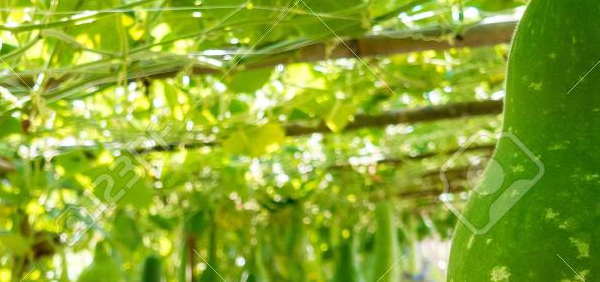ajapada :
 Anisochilus Wallich ex Bentham is an Asian genus
of the Lamiaceae (tribe Ocimeae and subtribe
Plectranthinae)
Anisochilus Wallich ex Bentham is an Asian genus
of the Lamiaceae (tribe Ocimeae and subtribe
Plectranthinae) Taxonomical Classification
Kingdom: Plantae - Plants
Family: Lamiaceae
Genus: Anisochilus
Species: Anisochilus carnosus
VERNACULAR NAMES
Sanskrit: अजपाद ajapada, इन्दुपर्णी induparni, कर्पूरवल्ली karpuravalli, उत्पलभेद utpalabhedaEnglish: thick-leaved lavender
Hindi: पंजीरी का पत्ता panjiri-ka-patta
Telugu: అడుసుపుండ్ల ఆకు adusapundlaaku, కర్పూర వల్లి karpuravalli, ఒమ మ్ ఆకు omamuaku, పిండి బొండ pindi bonda, రిచురొడ్డ ritchu rodda, రోగ చెట్టు rogachettu, సరగుడు గణప saraguduganapa
Marathi: कापुर्ली kapurli, पानजिरी panjiri
Konkani: साविरसंबार savirsambara
Tamil: கர்ப்பூரவள்ளி karppura-valli
Malayalam: കാട്ടൂകൂർക്ക kaattukoorka, കർപ്പൂരവള്ളി karpuravalli, മതിൽക്കൂർക്ക mathilkkoorka
Kannada: ದೊಡ್ಡಪತ್ರೆ doddapatre, ಕರ್ಪುರದ ಗಿಡ karpurada gida, ಕರ್ಪುರವಲ್ಲಿ karpuravalli, ಕುರುವೇಲು ಬಳ್ಳಿ kuruvelu-balli, ಪತ್ರಿ ಗಿಡ patri gida
Varities:
Synonyms
Synonyms in Ayurveda: ulpalabheda, induparni- Fresh juice of the leaves and the volatile oil of this plant are used in the indigenous system of medicine to relieve intestinal colic, colds and coughs, and fungal affections of the mouth in children.
Parts used for medicinal purpose
Whole plant, ,Morphology:
Thick-Leaf Lavender is an aromatic annual herb with stems erect, 1-2 ft tall, robust, branched.Histology:
Transverse section of the leaf through the midrib revealed the presence of dorsiventral nature of the leaf. The lamina consists of upper and lower epidermis having single layer of small, rectangular cells with thin cuticle which contain abundant straight multicellular covering and collapsed trichomes with pointed apex. Below the upper epidermis a single layer of elongated closely packed palisade cells were seen, below which spongy parenchyma with few vascular strands were seen. The epidermal layer of the lamina continuous over the midrib and consists of a patch of collenchymas cells below the upper and above the lower epidermal cells of the cortical parenchyma of the midrib. Bicollateral vascular bundle occupies the central region of cortical parenchyma. Abundant covering trichomes identical to that of lamina will be seen on the epidermal layer of the midribGeographical distribution:
General Use:
Juice of plant is given in urticaria associated with liver disorders. Mixed with sugarcane, it is used for cough and cold.Therapeutic Uses:
COUGH IN CHILDRENSystemic Use:
mild stimulant and expectorant of phlegmPhotos of ajapada -
- ajapada - Anisochilus carnosus Wall.
KEY WORDS: Anisochilus carnosus, Lamiaceae, essential oil, spikes, odor, Indian folk medicine
- » Classification and names of ajapada
- » Synonyms and definitions of ajapada
- » Drug Properties of ajapada
- » Chemical Constituents of ajapada
- » Standardization of ajapada
- » Parts used and Dosage of ajapada
- » Morphology and Histology of ajapada
- » Distribution and Conservation of ajapada
- » Cultivation of ajapada
- » ajapada in the market
- » Medicinal Uses of ajapada
- » Researches and clinical trails of ajapada
- » ajapada in other sytems of medicine
- » Ayurvedic formulations with ajapada
- » Images of ajapada













